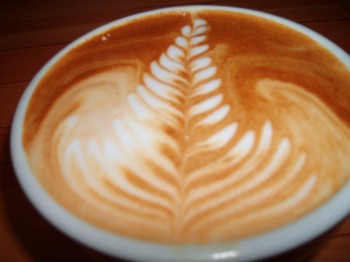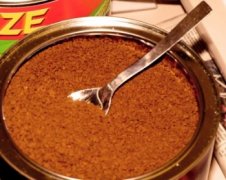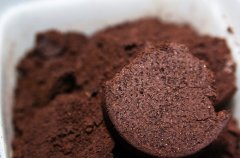Latte-- latte and latte factor latte Factor Theory

For professional baristas, please follow the coffee workshop (Wechat official account cafe_style)
Mellow and full-bodied Espresso rushed into the hot milk, the dense heat instantly confused upward, and the white smoke was like a dream. In the extreme blending of coffee and milk, it was as if I saw a pair of matching lovers, and the sweet feelings spoke of the infinite possibility of happiness.
Allusion: Latte in Italian means fresh milk, which is synonymous with French Lait, but the Anglo-American Latte generally refers to coffee brewed with hot fresh milk. Italian Coffee Latte refers to coffee with fresh milk, so if you go to an Italian cafe to buy Latte, the boss will only provide you with a cup of fresh milk, while in France, latte is called "Cafe au Lait", that is, "coffee O'Lei". Now we go to major cafes to buy lattes, and the word "Coffee Latte" has been widely used outside Italy since the 1980s.
Specialty: the ratio of Espresso espresso to fresh milk is 1:4. The fresh milk aroma of the latte is stronger than that of the cappuccino.
Base: Espresso espresso.
How to do it: add hot milk in proportion to the freshly brewed espresso to make a cup of Italian latte, while the Italian latte becomes an American latte with a little milk foam.
Its it: because of the popularity of Latte lattes, financial investment expert David Bach put forward the term "latte factor latte factor theory" after market observation. Its theory means that daily consumption in life looks inconspicuous, but if the total amount is calculated, the total amount will be very astonishing. For example, buying a 50 yuan latte a month costs 1500 yuan, and a year costs 18000 yuan.
Important Notice :
前街咖啡 FrontStreet Coffee has moved to new addredd:
FrontStreet Coffee Address: 315,Donghua East Road,GuangZhou
Tel:020 38364473
- Prev

The origin, advantages and disadvantages of instant coffee
Professional barista communication please follow the coffee workshop (Wechat official account cafe_style) a cup, a bag of coffee, a pot of hot water, you can have delicious coffee at any time. In the wild mountains, there is no need to miss the aroma of coffee, the aroma is overflowing with a bag at hand. In 1901, Saetori Kato, a Japanese scientist working in Chicago, USA, invented instant coffee, but it was not big at this time.
- Next

The ingenious use of coffee grounds for waste utilization
Professional barista communication please pay attention to the coffee workshop (Wechat official account cafe_style) originally thought to be useless, but not, a simple change of mind, unlimited use, reuse also makes the environment better. Coffee beans are ground and brewed to form a delicious cup of coffee, the taste is dazzling, but what about the rest of the coffee grounds? Throw it in the trash? No, no! Please don't.
Related
- What is the standard process for the purpose of coffee cup testing? What is the difference between hand-brewed coffee and cup testing?
- How to use hand-brewed coffee paragon small golden balls? How does cold coffee lock in the aroma of coffee?
- Is American coffee black? What is the difference between American coffee and drip coffee?
- Unexpected! Well-known tea beverage brand Lele Tea will withdraw from the Zhengzhou market!
- Starbucks enters the fashion and beauty industry?! Netizen: Give me an ice American eye cream
- Why can American refills for free? The difference between Americano and American drip pot coffee
- Being chased out of the rain in front of Starbucks?! Store: Sheltering from rain under umbrellas poses a safety hazard
- The white moonlight has changed?! Lucky launches "Big Winter Pear American"
- Hand-brewed coffee three-stage method, high-sweet and universal brewing method to share! What does the high sweet water level of hand-brewed coffee mean?
- What is the difference between raw, refined and full espresso coffee? How to extract espresso and taste good?

